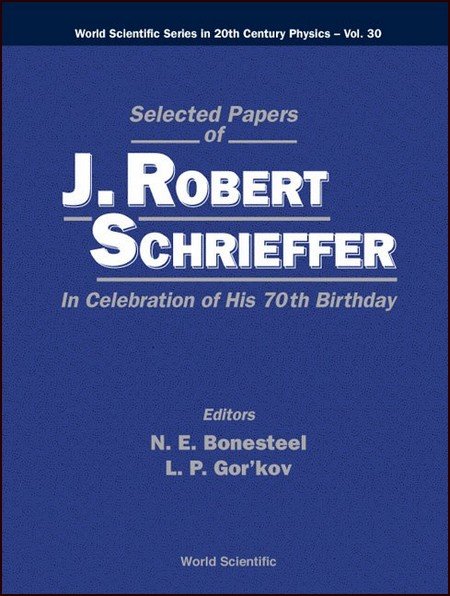Abstract: If the superconducting transition temperatures of the transition metals are fit by the BCS relation1
where ϴ
D is the Debye temperature and N(0) is the density of states at the Fermi surface, then the pairing interaction V
BCS is found to be roughly constant, except for metals at the beginning and end of each series, where it rapidly decreases.
2 Traditionally, one writes
where V
ph represents the phonon interaction and V
C* is the Coulomb pseudopotential.
3 While at present one cannot rule out the possibility that V
ph-V
C* is small or negative for metals near the ends of these series, the fact that their paramagnetic susceptibility is anomalously large
4 suggests that there are strong ferromagnetic exchange forces which enhance the spin susceptibility and presumably also suppress superconductivity for singlet spin pairing, as first discussed by Doniach
5 on the basis of a phenomenological exchange interaction…







